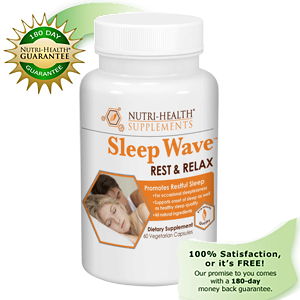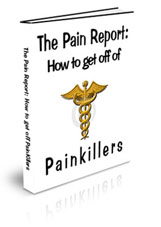Another person in Pain…
I read this post here:
http://blog.ronronmx.com/battle-drug-addiction/
and it brings me right back to where I used to be a while back. A person gets injured, they are prescribed pain meds to HELP with the pain, the next thing they know they are hooked. Then their whole life starts to change. I mean everything, their personality, their focus and their goals. Their focus starts to be on their pills, how many they have left, when they get their next refill, and if they develope a tolerance how they are going to get more.
My heart goes out to the person, and I hope he gets a seed planted. I personally am an active member of a 12 step program to helpme with my ongoing support and growth. Once a person gets clean they need on going support to help them keep the ugly head of addiction at bay. Just because a person gets clean, doesn’t mean it’s going to go away. Especially with an opiate drug, it will be there for the rest of their lives, waiting in the corner doing pushups getting stronger and stronger waiting for a weak moment, and then it moves in for the kill. Opiate addiction is a problem that effects the brain in a long term, sometimes permanent way. Depending upon the amount and length of time the person was using opiates will determine the extent of the damage done from the abuse. After a person gets off of opiates the brain has to relearn how to make endorphins again and that can take a long time. During this time the person will experience a wide range of roller coaster emotions. Anxiety, depression, happyness and so on. This period of time in which the brain is trying to get back to normal is called Post Acute Withdrawal Syndrome or PAWS for short. This is and can be a dangerous time for the recovering opiate addict, because they probably just want to be back to normal, have a normal everyday life and experience normal everyday emotions instead of the intense range of roller coaster emotions they are feeling. There are several ways for the person to deal with this, one is to just push through it, for the next 6 months to a year or two, or do more opiates. There is also the way I went and that was with Buprenorphine treatment. Buprenorphine fills the receptor sites where opiates used to fill, which is also the endorphine receptor sites as well, thereby acting like endorphines and keeping the person from having this wide range of emotions. One thing that I experienced was a feeling I hadn’t had since before I took pain pills a few years ago. It was the happyness I had from before being on pain pills. it was the feeling of normalness, the feeling of I had my life back and everything is going to be fine. I am so happy to have had this back.
Anyway back to what I was saying, PAWS is a critical time for the recovering pain pill addict where they need all the support they can get. From friends, loved ones, parents, wives, husbands and whoever else is close to them in their life. I mentioned the 12 step group, I have found a whole new set of friends through 12 step program I am in and I now have the support I need anytime I need it. I left a comment for the owner of the blog I linked to, This young man will get a copy of my report if he wants one. I can only wish him the best. He’s scared and I have been there too, it’s not pretty what opiates and pain pills do to a person.
anyway, hope all is well.
good night…
PS I forgot to mention that he is on his way to rehab. Rehab as I mentioned in another page here, is a rather costly way to get help, which doesn’t always do the job AFTER the person gets out. Rehab sometimes gets the person clean and detoxes them off the pain pills, but when they are done with detoxing they usually exit the rehab with no support tools for ongoing sustained recovery. Many times a person will relapse, and either re-enter rehab, or they will stumble onto somethign that might help them. What rehabs need to do is introduce them to AA or NA.
One more thing that I heard recently is sometimes a rehab center will use buprenorphine for detoxing a person, but once they are done they cut them off. Which is the wrong thing to do, they need to be on buprenorphine for a period of time until the brain gets back to some normalcy and the person gets some addiction recovery support system in place.
ok anyway now it’s time for bed.
ciao…













